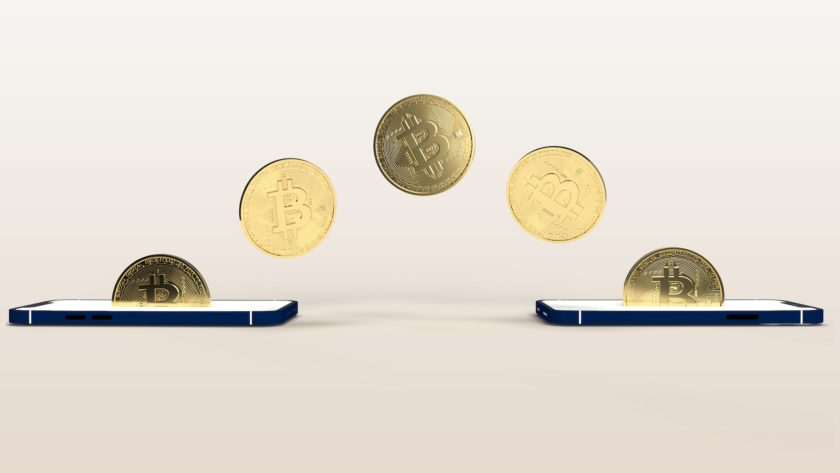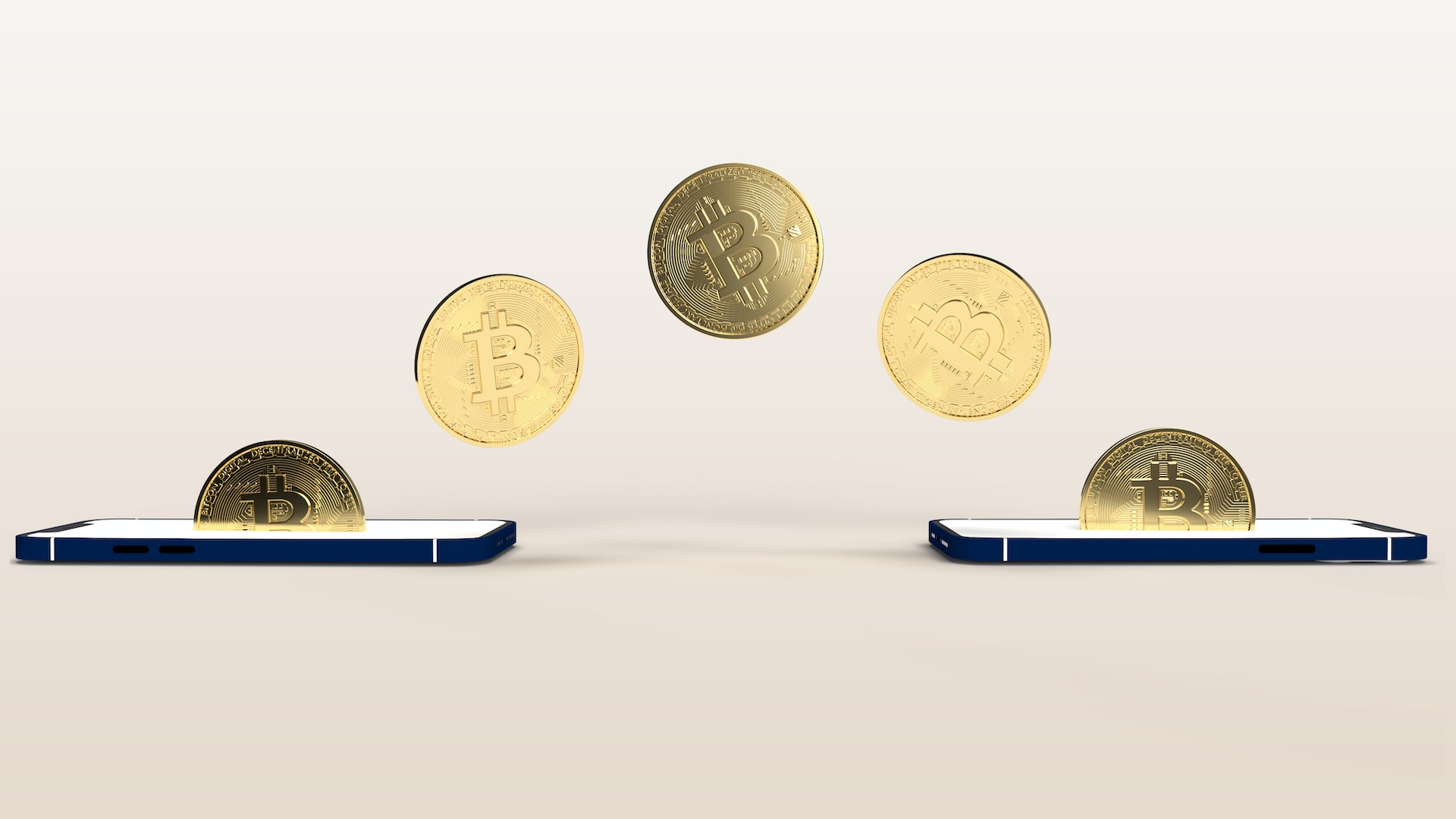Bitcoin, a pioneering cryptocurrency, is reshaping the landscape of digital transactions. Particularly in the realms of micropayments and Machine-to-Machine (M2M) interactions, Bitcoin offers transformative potential, heralding a new era of decentralized and autonomous transactions.
Platforms such as https://quantum-code.app/ offer insights into online trading, complementing the innovation behind Bitcoin’s machine-to-machine transactions.
Bitcoin’s Micropayment Potential
In the world of digital transactions, micropayments have always been a tantalizing concept, though one fraught with complexities. Micropayments refer to small financial transactions, often less than a dollar and sometimes even just a few cents. The primary challenge for such transactions is the associated costs.
Bitcoin, with its inherently decentralized nature, operates outside the boundaries of conventional banking systems. This means it doesn’t rely on intermediaries for transaction verification. Such a system can significantly reduce the fees usually associated with transfers, especially small ones.

Beyond just the fee structure, Bitcoin’s underlying technology, the blockchain, ensures transparency and security. Each micropayment can be recorded on the blockchain, offering a tamper-proof and transparent record. This not only instills confidence in users but also paves the way for a wide array of applications beyond just simple transfers. Think about content creators receiving micro-donations for their work or websites offering ad-free experiences for micropayments.
However, it’s essential to note that while Bitcoin presents a robust potential for micropayments, the actual implementation depends on the broader adoption of the currency and its integration into platforms and systems. Additionally, as with any technology, there are hurdles, both technical and regulatory, that need to be addressed. Still, the very idea that we could be on the precipice of a world where micro-transactions are as easy and cost-effective as sending an email is undeniably exciting.
Also Read: Diving Deep Into the Different Types of Cryptocurrency.
Bitcoin and M2M Transactions
The realm of Machine-to-Machine (M2M) transactions offers a glimpse into a future where machines interact with one another autonomously, executing actions based on predefined algorithms or in response to environmental data. These transactions, in essence, remove the need for human intervention in various processes, streamlining tasks and improving efficiencies. From automated supply chains to the Internet of Things (IoT) devices controlling smart homes, M2M transactions are transforming the way the world operates.
Given that Bitcoin operates on a decentralized network, it does away with the need for central intermediaries. In the context of M2M transactions, this means machines can directly transact with one another without the need for a central authority to verify or authorize the transaction.
The security and transparency provided by Bitcoin’s underlying technology, the blockchain, also lend themselves well to the world of M2M. With each transaction being recorded in a tamper-proof ledger, there’s an added layer of trust that the machines’ interactions are genuine and unaltered.
Additionally, Bitcoin can be fractionalized down to a satoshi (the smallest unit of Bitcoin, worth 0.00000001 BTC), making it suitable for micro-transactions that might be prevalent in M2M interactions. Imagine an IoT-enabled electric vehicle charging station where a car autonomously pays for its charging per second or per watt, using fractions of a Bitcoin.
However, the incorporation of Bitcoin into the M2M world isn’t without its challenges. The Bitcoin network’s scalability, transaction speed, and fluctuating value can pose potential issues in real-time, large-scale M2M systems. Moreover, while the decentralized nature of Bitcoin has its advantages, it also brings regulatory and standardization challenges, especially in a world where millions of machines might be transacting autonomously.
Also Read: Top 10 Factors affecting the price of Bitcoin.
Use Cases of Bitcoin in Micropayments and M2M Transactions

The theoretical advantages of Bitcoin in the realms of micropayments and M2M transactions paint an optimistic picture, but it’s in the real-world applications that we truly gauge its transformative potential. Across various sectors, businesses and innovators are already experimenting with, and in some instances, fully integrating Bitcoin to redefine how value is exchanged.
Take the media and online content industry, for example. The traditional model of content consumption, encompassing subscriptions or one-time purchases, often doesn’t cater to users who seek specific pieces of content. With Bitcoin’s ability to handle micropayments efficiently, users can now access individual articles, videos, or chapters by paying minute amounts. Websites like SatoshiPay have championed this model, allowing content creators to monetize their work on a pay-per-view basis.
Moving to the world of IoT, the integration of Bitcoin presents a vision of a truly interconnected and autonomous environment. Consider smart cities, where public infrastructures like streetlights, traffic signals, and waste management systems communicate and transact autonomously. A traffic light might prioritize a particular route because a higher number of vehicles have collectively made micropayments.
Also Read: Will Bitcoin Crash?
Conclusion
The integration of Bitcoin into micropayments and M2M transactions showcases the future of digital commerce. As technology progresses, the fusion of Bitcoin’s decentralization with machine autonomy promises to redefine our understanding of value exchange in the digital age.

